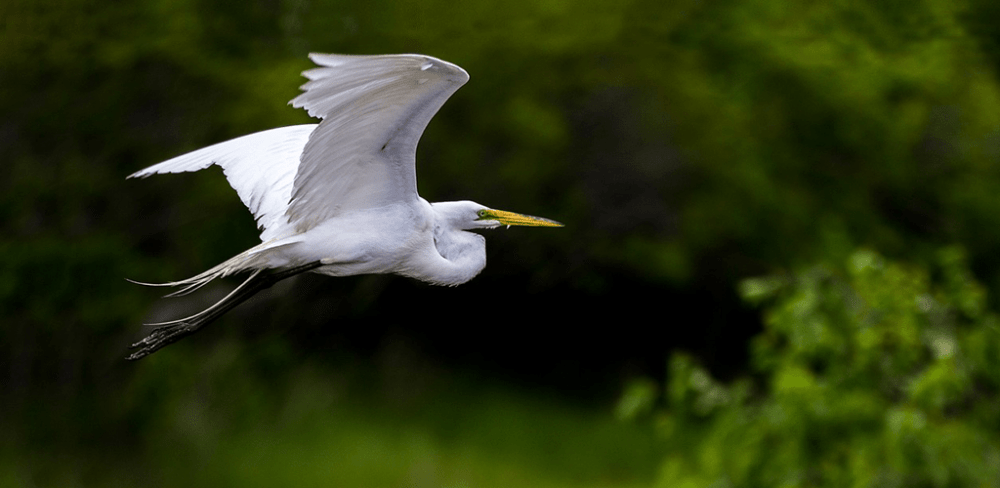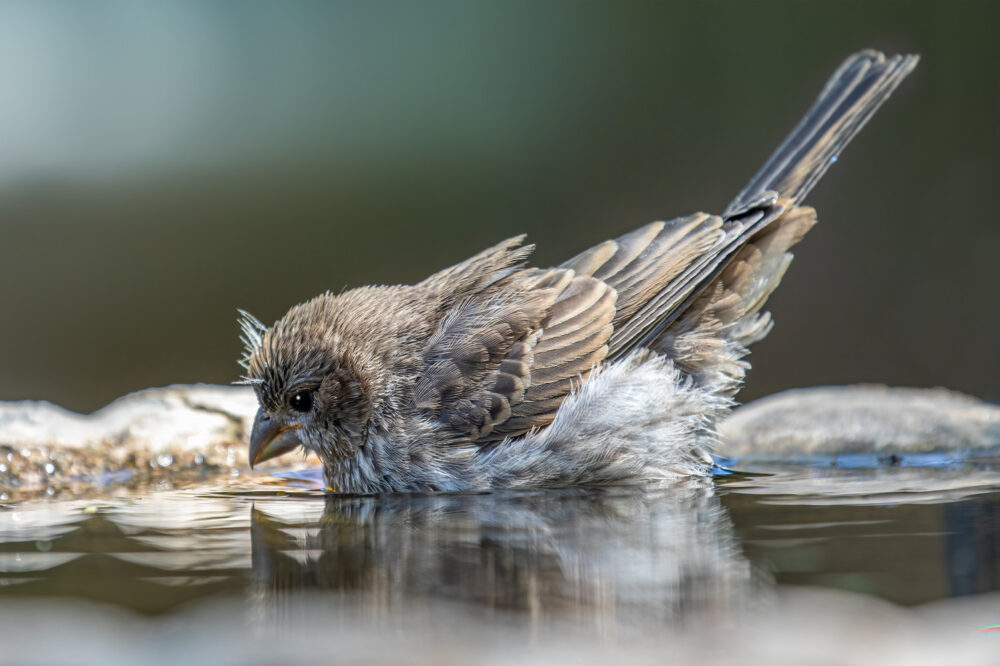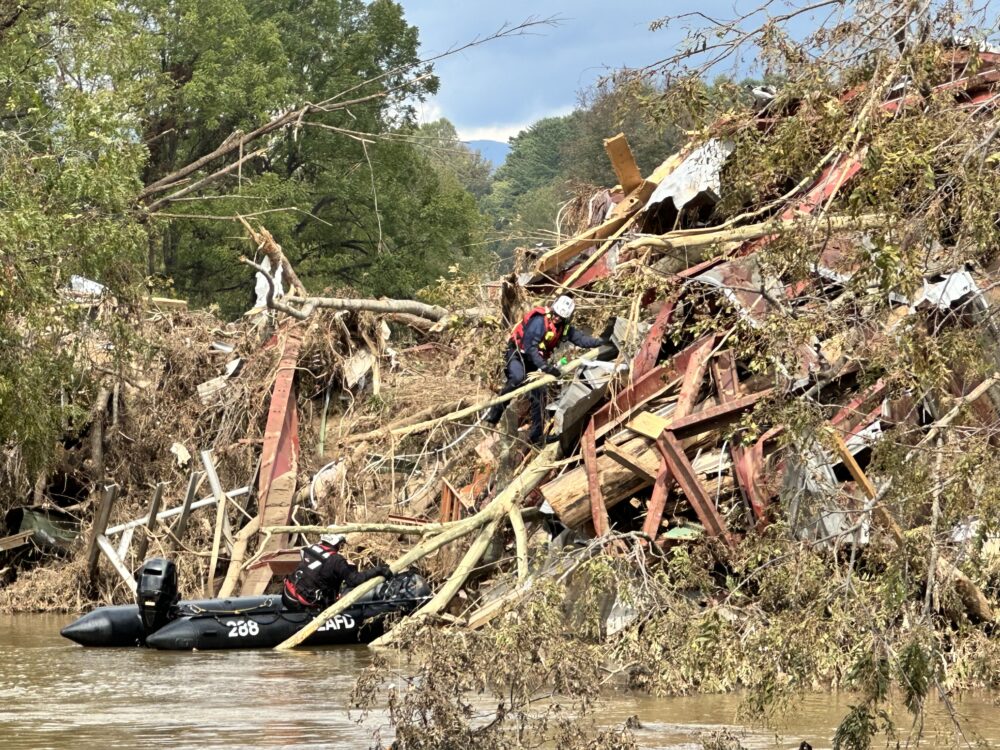We have much more to do and your continued support is needed now more than ever.
March Madness Mascots Impacted by Climate Change
We’re on to the Sweet Sixteen. For me, this means my bracket is mostly busted (please don’t lose UNC!) and I start looking at March Madness from another angle. Preferably in a way that overlaps with my job–watching basketball counts as research right? And voila–March Madness mascots impacted by climate change. Highlighting six teams that made the tournament this year, I found that some of our most beloved mascots are feeling the heat:

Wichita State Wushock
What is a WuShock you ask? Wichita State describes their mascot, the WuShock as big, bad, muscle-bound, bundle of wheat. Fitting, as back in the early 1900’s many of the Fairmont College (later became Wichita State) football players earned tuition by harvesting or “shocking” wheat during the summer. Unfortunately, this wheat bundle isn’t as invincible as he seems. Over the last 30 years, we’ve seen global yields for wheat decrease by 5.5%, and scientists predict that this trend will continue as temperatures rise. A recent study from Stanford University found that a two degree increase in temperature could reduce the growing season by nine days, resulting in 20% less yield.
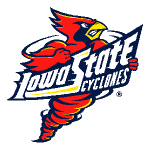
Iowa State Cyclones
You won’t see a college student donning a twister costume on the court of ISU athletic events–rather, you’ll see “Cy” the cardinal wearing red and gold. Story goes, that the cardinal was ISU’s mascot until 1895 when damaging tornadoes wrecked havoc on central Iowa. When ISU stomped Northwestern 35-0 in a football match up that year, the headline in the Chicago Tribune the next day read “Struck by a Cyclone: It Comes From Iowa and Devastates Evanston Town”. The name stuck. Destructive storms and tornadoes continue to occur in the heartland, and as our air warms and moisture in the atmosphere increases due to climate change, we can expect even more dangerous storms. Warming winters and springs may cause some twisters to happen earlier as well–for example, Nebraska recorded their first February tornado on record this year.
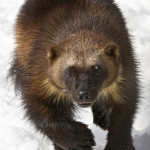
Michigan Wolverines
There are varying theories of why Michigan’s mascot is the wolverine. No wild wolverines exist in the state as far as we know. My favorite theory goes back to the Ohio-Michigan rivalry: Michiganders were called ‘wolverines’ in 1803 when the two sides argued over where to place the state line. What is unclear, however, is if Michiganders called themselves wolverines due to their tenacity and strength, or if Ohioans coined the term due to the gluttonous habits of their neighbors to the north. Either way, wolverines today are extremely threatened by climate change. As few as 250 wolverines may be left in the contiguous United States, of which only 35 individuals are thought to be successfully breeding. Snow is melting earlier, putting the wolverine, who requires snowy habitat to find mates, reproduce, and survive in danger.
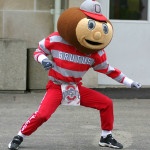
Ohio State Buckeyes
Brutus Buckeye is the famous mascot of the Ohio State University and is named after Ohio’s state tree, the buckeye. Contrary to popular belief, squirrels (thanks Jon Stewart!) are not the only threat to Brutus Buckeye. Climate change is moving the Ohio buckeye north into–dare I say it–Michigan. The Forest Service recently published a Climate Change Tree Atlas that predicts northward movement of the Ohio buckeye tree with a warming climate. Ohio State University student Kristen Arnold said in a 2008 press conference, “As a die-hard Buckeyes fan, the only thing worse than losing to Michigan would be giving them our mascot. This is one thing Buckeye and Wolverine fans should team up on: work together on global warming so they keep their wolverines and we save our buckeyes.”
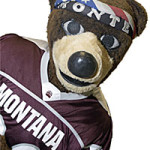
Montana Grizzlies
Montanans have long recognized the grizzly as a symbol of the state’s wild heritage. The famous mascot, Monte the Grizzly hails from the University of Montana. The University’s basketball team officially became the Grizzlies in 1923 when they joined the Pacific Coast Conference–this was the same year Montana became the first state the in the nation to designate grizzlies as a protected game animal. Grizzly bears are slowly expanding their habitat range higher into the Arctic, to areas once thought to too chilly for the bear. This more northern habitat has been traditionally dominated by polar bears, leading many scientists to wonder about the ecological impacts of this habitat clash. I wonder if any team will adopt the Grolar bear as a mascot in the future?
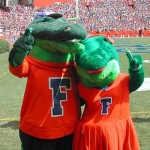
Florida Gators
Albert and Alberta Gator (one of the few male and female mascot pairings in the NCAA) call the University of Florida home. Appropriately suited since over 1 million alligators live in Florida and in 1987 the state of Florida declared the American Alligator their official state reptile. Climate change threatens alligators as sea levels rise, causing an influx of saltwater to the gator’s freshwater and brackish habitat. What’s worse, we may be seeing fewer ‘Albertas’ in the future. Eggs incubated at warmer temperatures tend to be born as males–altering the male to female sex ratio.
Which mascot will fend off extinction elimination in the tourney? My guess is a more climate resilient mascot will win this year…




